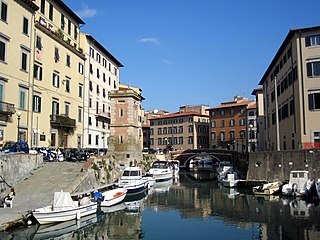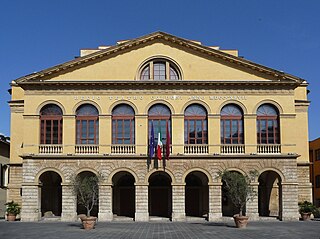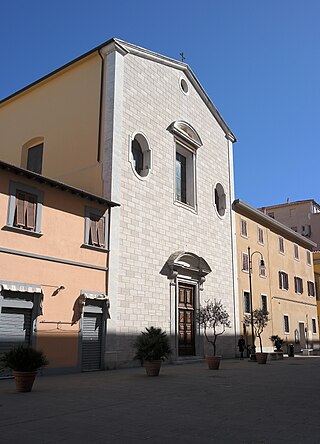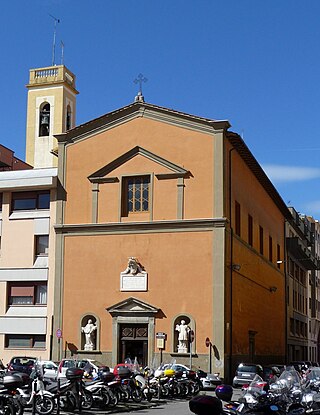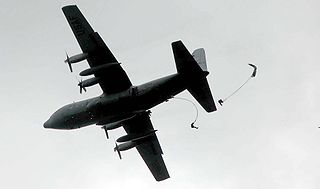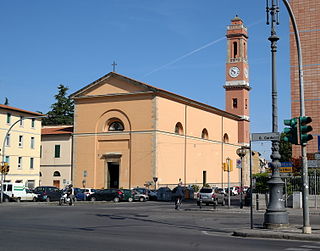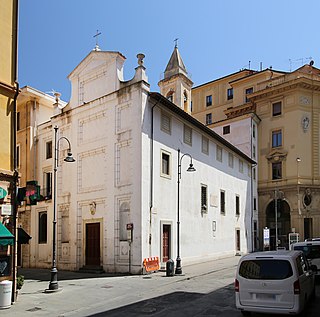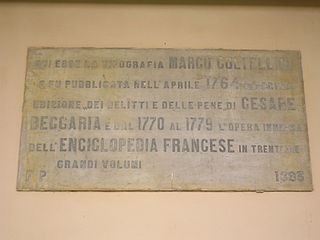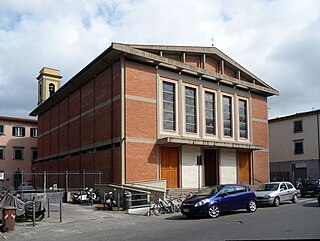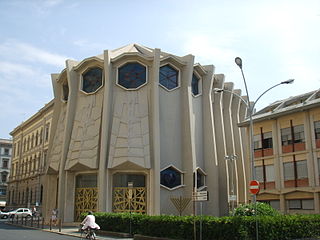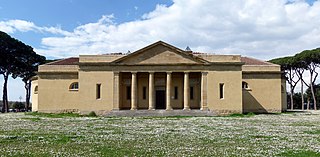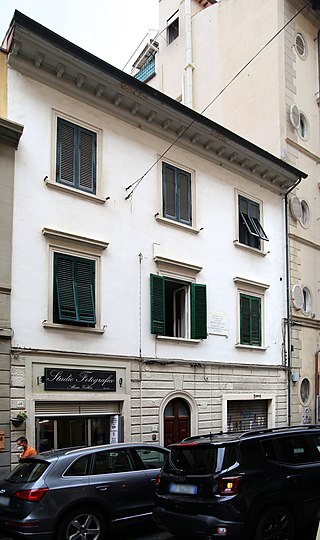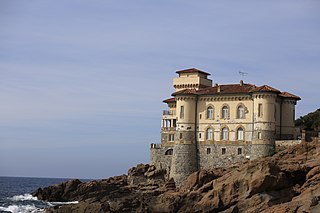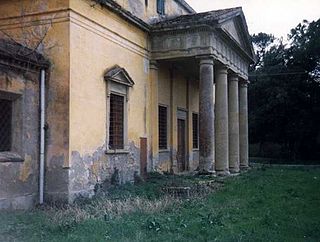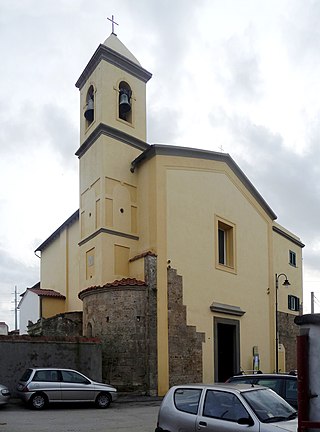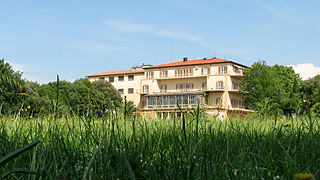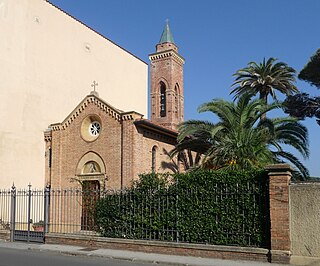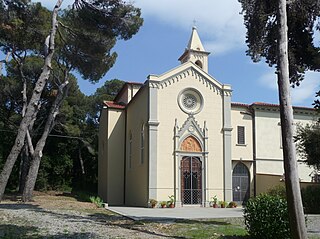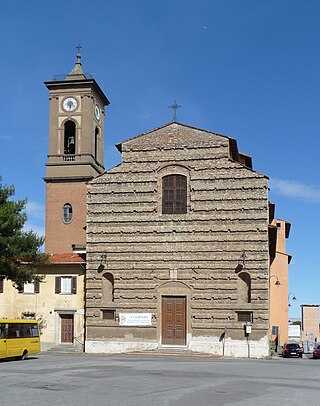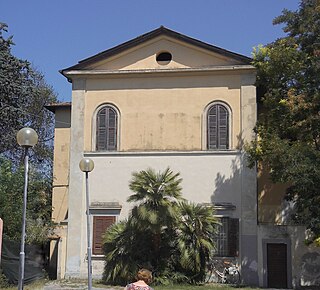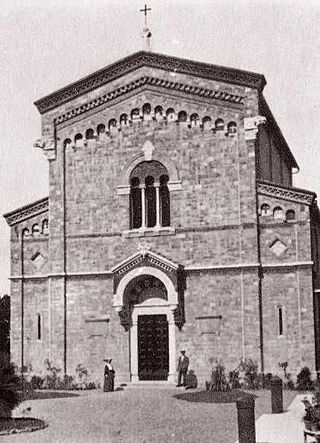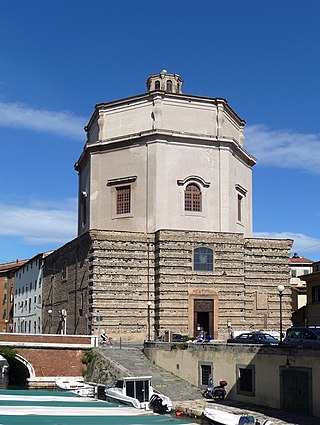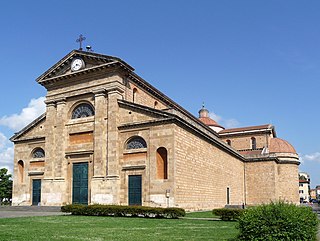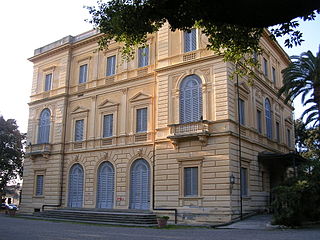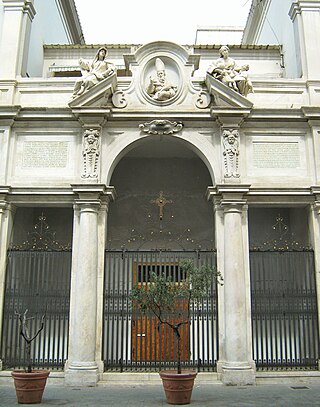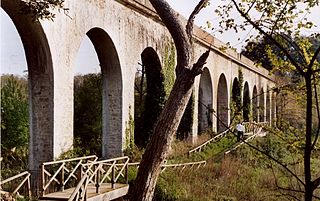29 Sights in Livorno, Italy (with Map and Images)
Legend
Welcome to your journey through the most beautiful sights in Livorno, Italy! Whether you want to discover the city's historical treasures or experience its modern highlights, you'll find everything your heart desires here. Be inspired by our selection and plan your unforgettable adventure in Livorno. Dive into the diversity of this fascinating city and discover everything it has to offer.
Sightseeing Tours in LivornoActivities in Livorno1. Venezia Nuova
Venezia Nuova is a district of the Italian city of Livorno, the only one in the city center that, after the devastation of the Second World War and the post-war reconstruction, has preserved most of its urban and architectural vestiges. Although it does not coincide with the original nucleus of Medici Livorno, it therefore represents the true historic center of the city.
2. Teatro Goldoni
The Carlo Goldoni Theatre is the most important theatre in Livorno, the only large theatre space in the city that survived the bombings of the Second World War and the speculations of the post-war period.
3. Chiesa della Madonna
The church of the Madonna, formally dedicated to Saints Mary, Julia and Francis, stands on the street of the same name, in the heart of Livorno, a few meters from the church of the United Greeks and the remains of the Armenian church.
4. Chiesa di San Sebastiano
The church of San Sebastiano is located in the center of Livorno, in the area between the Duomo and the Medici Port. Testimony of the presence of the Barnabite order in the city, today it is entrusted to the Institute of Christ the King Sovereign Priest.
5. Ai Caduti della Meloria
On 9 November 1971, a Royal Air Force Lockheed Hercules C.1 crashed into the sea off the coast of Livorno by Meloria shoal, Italy, killing all 46 passengers and 6 crew. At the time it was described by Italian officials as the worst military air disaster in Italy in peacetime.
6. Chiesa di Sant'Andrea
The church of Sant'Andrea is a place of worship in Livorno; it is located on Piazza del Cisternone, in front of the characteristic bulk of the Gran Conserva. Adjacent to the church is the large Girolamo Gavi Seminary, with the Leonello Barsotti Diocesan Museum.
7. Chiesa di Santa Giulia
The oratory of Santa Giulia is a church in Livorno, consecrated to the patron saint of the city and born as an oratory of the Confraternity of the Blessed Sacrament and Santa Giulia. The small place of worship stands next to the Duomo, a short distance from Piazza Grande. Attached to the church are the oratory of San Ranieri and the Museum of Santa Giulia. In the latter are preserved sacred furnishings and a table of the Giotto school depicting the saint of the same name, coming from the church of the confraternity, and even more anciently from the destroyed parish church of Santa Giulia near the old port.
8. Bagno Penale
The Bagno dei forzati, or Bagno delle galere, was a large building that, until the years before the Second World War, stood in Livorno, in the area of the current Government building, between the port and Piazza Grande. It also housed the hospital of Sant'Antonio and here were also the churches of the Purification and that of Sant'Antonio, as well as the Tipografia Coltellini, where the first edition of Cesare Beccaria's Dei delitti e delle pene were printed and, in 1770, the third edition of the Encyclopédie ou Dictionnaire raisonnè des Sciences, des Arts et des Métiers by Diderot and D'Alembert.
9. Chiesa di San Matteo
The church of San Matteo and Santa Lucia is a church in Livorno, located along the Via Provinciale Pisana, near the Garibaldi Barrier. At the back of the building is the chapel of Larderel; in front of the church, on the other side of the public street, there is the so-called oratory of Sant'Antonino.
10. Sinagoga
The New Synagogue of Livorno, or Great Synagogue of Livorno, is a Jewish congregation and synagogue, that is located at Piazza Benamozegh 1, in Livorno, in Tuscany, Italy. Designed in the Modernist style, the synagogue was completed in 1922.
11. Cisternino di Pian di Rota
The Cisternino di Pian di Rota is located in Livorno, in Pian di Rota, in the countryside a few kilometers from the city center. Until the last years of the nineteenth century it was connected to the water network and was a reservoir for the accumulation and purification of water. It is an important example of neoclassical architecture in Italy.
12. Casa natale di Amedeo Modigliani
The birthplace of Amedeo Modigliani is located in Livorno, in via Roma number 38, not far from the central Piazza Attias. Here, on July 12, 1884, the famous painter from Livorno was born, the fourth child of a family belonging to the large Jewish community of Livorno.
Wikipedia: Casa natale di Amedeo Modigliani (IT), Website, Facebook
13. Castello del Boccale
The Boccale Castle is a residential building that stands in Livorno, south of the Antignano district, along the coastal road to Quercianella in the stretch of coast called "Boccale" or "Cala dei Pirati".
14. Bagnetti della Puzzolente
The stencil baths are found in Livorno and bind their name to the particular toponym of the place, so called for the presence of foul -smelling water of sulphurous origin. They are what remains of a 19th century thermal structure, designed by the well -known Tuscan architect Pasquale Poccianti.
15. Chiesa di San Martino
The church of San Martino is located in Livorno, in the Salviano district. The building, which contains the remains of a medieval parish church, is one of the oldest in the entire city and its name is remembered by the scholar Carlo Bini (1806-1842) in the story To the people of the Parish Church of San Martino in Salviano.
16. Monte Rotondo
Monte Rotondo, or Monterotondo, is a hill belonging to the Livorno Mountains complex, within the municipality of Livorno, characteristic for its incredibly round shape. Only 149 m high above sea level, the relief is certainly not among the highest, but it is certainly among the best known and richest in history.
17. Cappella di Santa Teresa
The Chapel of Santa Teresa is located in Livorno, in the Antignano district; annexed to the religious institute "Santa Teresa", run by the Carmelite nuns, it is located along the Via del Littorale, near the Castle of Antignano and the church of Santa Lucia.
18. Cappella della Sacra Famiglia
The Chapel of the Holy Family is a small Catholic place of worship located in Quercianella, a hamlet in the municipality of Livorno, near the railway station that serves the town. In the center of the village there is also another church, dedicated to Sant'Anna.
19. Chiesa di San Ferdinando
San Ferdinando is a Baroque style, Roman Catholic church located in Venezia Nuova district next to Piazza del Luogo Pio in Livorno, region of Tuscany, Italy. It is also called San Ferdinando Re or the Church of the Crocetta. Nearby is the deconsecrated church of Sant'Anna.
20. Fonte di San Fele
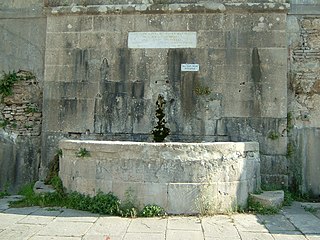
The Fonte di San Fele is a fountain in Montenero, Livorno, Italy. It is named after a religious building, which identity is unclear, cited in 1082 as part of the plover of Saint Paul in Ardenza. It is a very simple structure consisting in a semicircular basin set against a stone-clad backdrop and a small side drain.
21. Museo ebraico Yeshivà Marini
The Yeshivà Marini Jewish Museum is located in Livorno, in via Micali, and is housed in the nineteenth-century oratory of a neoclassical building. It was inaugurated in 1992 and offers documentation on the Nazi-Fascist persecutions carried out after the enactment of the racial laws, flanked by an exhibition of sacred art objects from the Synagogue.
22. Cappella di Maria Immacolata
The Chapel of Mary Immaculate is located in Livorno, behind the church of the Soccorso, in via Serafino de Tivoli. It is annexed to the "Immaculate" institute, run by the Mantellate Servants of Mary nuns.
23. Chiesa di Santa Caterina
Santa Caterina da Siena is a Baroque architecture, Roman Catholic church in the district Venezia Nuova central Livorno, region of Tuscany, Italy. It stands in front of the Piazza dei Domenicani. The church is notable for its tall octagonal dome and lantern rising above a rough, unfinished rectangular base.
24. Monte La Poggia
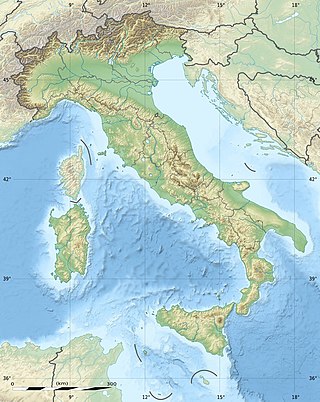
Mount "La Poggia" is a relief of the Livorno Hills located above the hamlet of Limoncino in Livorno. On the top there is a repeater antenna; There are numerous hunting stakeouts. Not far from Poggio Lecceta, it is characterized by a large quarry that is still partly active and clearly visible from the city.
25. Chiesa di Santa Maria del Soccorso
Santa Maria del Soccorso is a Neoclassical style, Roman Catholic, Marian votive church in central Livorno. The tall brick church facade is located scenically at the end of Via Magenta, and has a park surrounding it. In front is a Monument to Fallen Soldiers (Caduti) in the first World War.
26. Museo Civico Giovanni Fattori
The Museo Civico Giovanni Fattori is the civic contemporary art museum of Livorno, located in Villa Mimbelli on Via San Jacopo in Acquaviva 65, a few blocks west of the Terraza Mascagni of Livorno, region of Tuscany, Italy.
27. Chiesa armena di San Gregorio Illuminatore
The church of San Gregorio Illuminatore was the former church of the Armenian Catholic branch in Livorno, region of Tuscany. Destroyed after the Second World War, only the elegant Baroque facade remains, now property of the Patriarch of Cilicia, and standing between two three story buildings serving since 2008 as an intercultural center. The facade is visible on via della Madonna, not far from the Temple of the Greci Uniti and the church of the Madonna. The marble facade had statues of Charity and Faith by Andrea Vaccà, and an oval image of St Gregory the Illuminator.
28. Poggio Corbolone
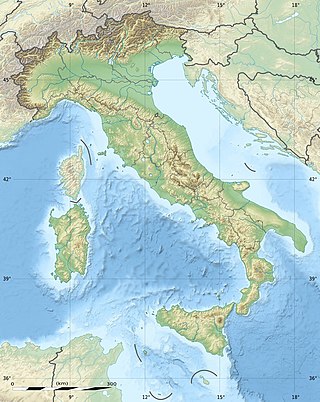
Poggio Corbolone is the northernmost of the hills that make up the Livorno Hills and despite its modest height (267 m) it is clearly visible and characteristic for being furrowed by two disused quarries, one of talc and the other now home to the Livorno Shooting Range.
29. Acquedotto Leopoldino
The Acquedotto Leopoldino and the neoclassical cisterns of Livorno were part of a sophisticated scheme to not only provide water to Livorno, but also clean it. The scheme was centred on the 18 km (11 mi) long aqueduct which runs south to north bringing water to the city from Colognole. This feat of engineering first carried water to the city in 1816, long before its completion. It was Livorno's sole water supply until 1912, still serving some areas of the city.
Share
How likely are you to recommend us?
Disclaimer Please be aware of your surroundings and do not enter private property. We are not liable for any damages that occur during the tours.
